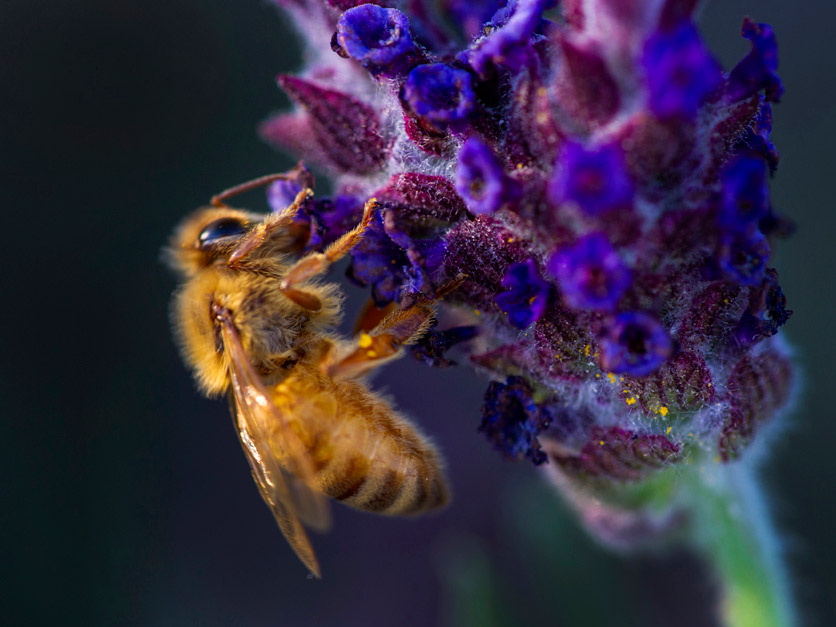Environmental groups and attorneys general from 11 states are opposing EPA’s request to keep the registration of the insecticide sulfoxaflor in place until the agency can comply with Endangered Species Act requirements.
In briefs filed in the U.S. Court of Appeals for the Ninth Circuit, they argued that EPA’s request, supported by registrant Dow Agrosciences, would delay resolution of legal claims over the product for years, and pressed for a ruling to vacate the registration.
The insecticide’s use has been challenged before, and resulted in a Ninth Circuit decision in 2015 vacating its registration until EPA examined its impacts on pollinators. The next year, after Dow Agrosciences amended its request to reduce impacts on pollinators, EPA approved a new registration with new restrictions.
Last year, however, EPA expanded the use of sulfoxaflor (trade names: Transform, Closer) to a host of new crops, including, corn, cotton, citrus and sorghum, but without undergoing interagency consultation as required by the Endangered Species Act.
The Center for Food Safety and Center for Biological Diversity sued the agency, alleging violations of both the ESA and the Federal Insecticide, Fungicide, and Rodenticide Act (FIFRA).
EPA, while conceding it had not conducted ESA consultation, asked the court in October to issue an order remanding the matter to the agency while allowing continued use of sulfoxaflor. It said it would begin its ESA review in mid-2025.
Interested in more coverage and insights? Receive a free month of Agri-Pulse West.
“EPA’s 11th hour end-run would result in judicial review of petitioners’ FIFRA and ESA challenges being avoided entirely, or at best, delayed for about a decade, while sulfoxaflor use continues unabated,” CFS and CBD said in their brief, filed Monday.
“Granting EPA’s motion would set a dangerous precedent for future cases,” the attorneys general said in their amicus brief. “EPA could avoid judicial review of potential violations of a law (FIFRA) by violating an entirely different law (ESA).”
In its brief, also filed in October, Dow said EPA had concluded that “sulfoxaflor is not only more effective against the target pests than existing pesticides, but that earlier pesticides ‘present a greater degree of risk to listed species than most new chemistries, including sulfoxaflor.’”
EPA said in its brief the insecticide was less harmful to beneficial insects than alternatives and that disallowing its use would have “disruptive consequences” for farmers.
CFS and CBD, however, said “if anything is cognizable as ‘disruptive’ here, it is environmental harm, not economic harm alone,” citing the Ninth Circuit’s initial decision vacating the sulfoxaflor registration.
The attorneys general are from California, Hawaii, Maryland, Minnesota, New Jersey, New York, New Mexico, Oregon, Vermont, and Washington, and Massachusetts.
For more news, go to www.Agri-Pulse.com.


